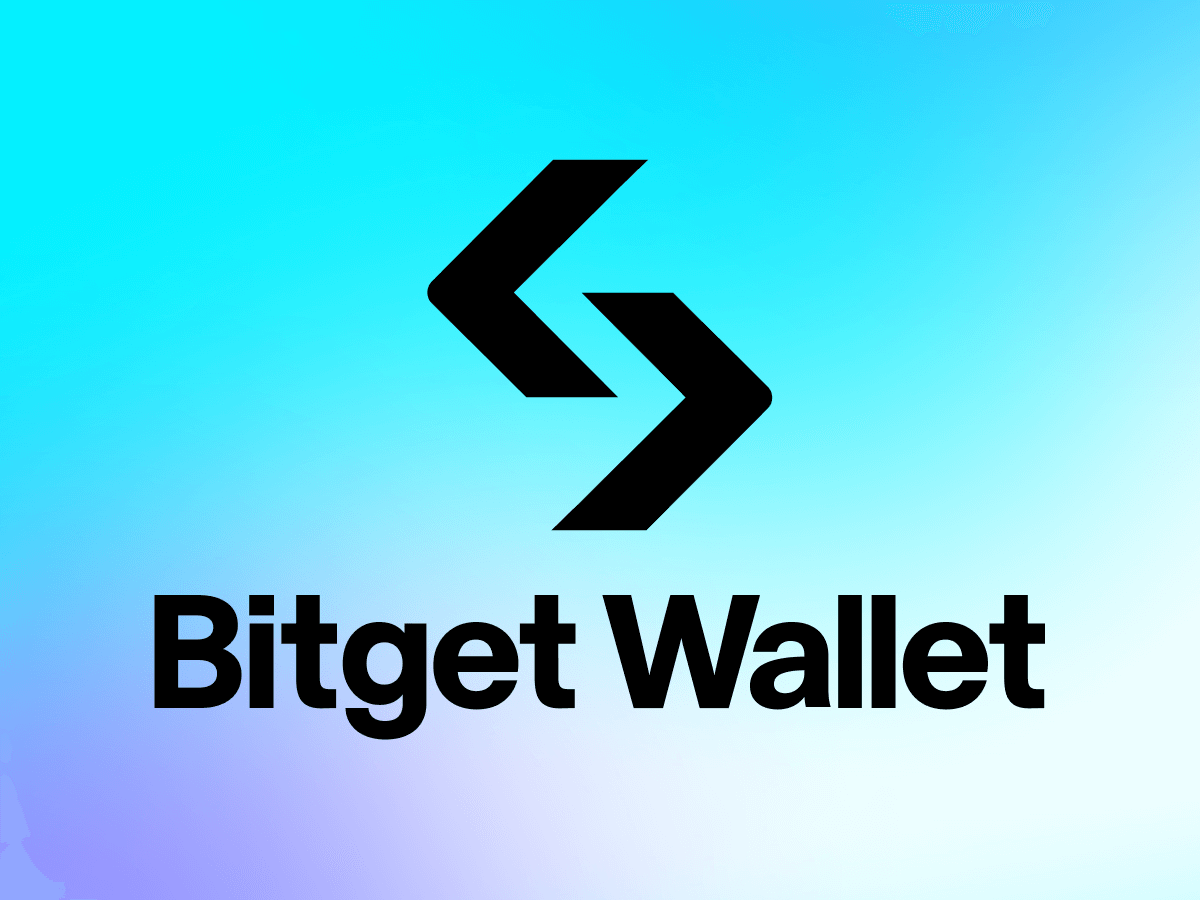Whoa!
Copy trading has this weird gravity right now, pulling in new traders who want returns without babysitting every trade. Seriously? Many folks sign up because they trust a strategy or a star trader, not because they studied the order book night after night. My instinct said this would be shallow, but then I watched a few pros turn systematic moves into reliable wins, and that changed my view. On one hand copy trading democratizes access to expertise, though actually it also concentrates risk in ways people don’t always see until it’s too late.
Wow!
DeFi protocols are the plumbing under the hype, and some pipes leak. Hmm… liquidity pools, yield farms, automated market makers—these terms are familiar, but underneath there’s complexity that bites if you ignore it. Initially I thought protocols would just scale linearly with users, but costs, governance friction, and oracle risk make that naïve. Here’s the thing: the smarter setups combine on-chain primitives with off-chain risk models, and that hybrid often outperforms pure on-chain plays.
Really?
Cross-chain bridges are the sketchiest but also the most promising piece of the puzzle. My gut feeling about bridges used to be cautious—somethin’ felt off about trusting a piece of software with billions moving across ledgers. Actually, wait—let me rephrase that: bridges can be secure, but you must understand their security model and trust assumptions before you move funds. On one hand they enable composability across ecosystems, though on the other hand many of them rely on federated oracles or cryptographic assumptions that can be attacked.
Here’s the thing.
I remember following a copy trader on a beta platform who used a mix of momentum and on-chain sentiment—he crushed it for months and then lost 35% in a single week. That part bugs me. People think “automate and forget,” but the markets don’t read your automation scripts with mercy. I’m biased, but risk management should be the headline, not the footnote, especially for copy-traders who replicate others’ positions without fully understanding stop-loss logic or liquidity constraints.
Whoa!
Okay, so check this out—one of the biggest mistakes I see is trying to copy trade across chains without considering slippage and bridge fees. Small trades on L1 might blow up when you try to port them to L2 or to another chain and suddenly find your execution cost double. On the flip side, if you plan trades with bridge latency in mind and use smart routers that aggregate liquidity, you can shave off a lot of friction. There’s a tactical art to it—timing, routing, and prioritizing settlements matter.
Wow!
DeFi governance is another rabbit hole. Initially I thought governance tokens would make protocols safer since users would have skin in the game, but in practice voting apathy and vote buying create governance capture risks. Something felt off about proposals that pass with a tiny active voter base while whales steer the ship. That’s why successful protocols combine technical safeguards with social incentive designs that actually encourage responsible participation.
Really?
Here’s a clear example: a dex once added a complex fee model that looked neat on paper, but because of cross-chain arbitrage the model incentivized flash liquidity extraction. Long story short, liquidity providers took a hit and the protocol had to iterate fast. I learned that protocols need real-world testing and conservative defaults, not clever models optimized for a textbook environment.
Whoa!
Copy trading platforms that integrate DeFi primitives and bridges intelligently are the differentiators. I’m not 100% sure about every platform claim, but the ones that let you inspect historical execution, slippage, and bridge paths are better. Check the transparency—if you can’t see fee breakdowns and trade latencies, you’re trusting summaries, and summaries hide a lot. In the Bitget ecosystem I’ve seen tools that make those details accessible to everyday users without overwhelming them, which is a huge step forward.
Wow!
Bitget has built features that appeal to copy traders who also use DeFi, and yes, I recommend taking a closer look at bitget if you want a practical gateway. I’m biased towards platforms that blend UX with auditability, and bitget hits some of those marks while offering copy trading social graphs and integrations. That said, you still need to vet the traders you copy, check their drawdowns, and understand how on-chain settlements will be routed across chains.
Here’s the thing.
One practical workflow I use is simple: pick a trader with a transparent track record, run their strategy in a sandbox (if it’s available), and set conservative position sizes for at least three market cycles. I’m telling you this because I’ve seen small positions survive drawdowns that would have wiped bigger allocations. Also, watch how your copy platform handles partial fills and failed bridge transfers—those edge cases are where surprises hide.
Whoa!
Technical takeaway: prefer bridges with clear security audits and multi-layered validation, and prefer DeFi protocols that publish on-chain economic stress tests. Short-term yields are seductive, but systemic events reveal hidden correlations and liquidity crunches that kill returns. On one hand high APYs look great for headlines, though actually sustainable yields often come from diversified, long-term strategies and sometimes from human judgment when markets behave oddly.
Really?
Regulatory uncertainty is a living variable too. I’m watching US guidance closely, and frankly it makes me a little nervous for certain on-chain derivatives and custody models. No one knows exactly how rules will land, and that ambiguity changes how institutions participate. That matters to retail copy traders because institutions often provide the liquidity and risk absorption that stabilizes markets—if they pull back, things get jumpier.
Wow!
I’ll be honest—there’s no one-size-fits-all path here. For many users, a hybrid approach works best: use centralized copy trading platforms for execution convenience, layer in DeFi for yield optimization when safe, and use cross-chain bridges deliberately, not by default. Oh, and practice: simulate moves, read audits, and keep a pulse on the traders you mirror.

Practical Tips for Copy Traders, DeFi Users and Bridge-Runners
Whoa!
Keep positions small until you fully understand the strategy’s drawdown profile. Seriously—scale slowly and review historical worst-case scenarios before committing large capital. Use tools that show execution paths and fees, because sometimes the fees across a chain hop exceed your expected profit for small trades. Also, diversify: copying several complementary strategies reduces single-point failure risk, though diversification isn’t a magic shield against correlated crashes.
FAQ
How do I pick a trader to copy safely?
Look beyond returns—check maximum drawdown, trade frequency, and the trader’s response to volatility; prefer those who publish rationales for trades. If possible, start with a small allocation and monitor how their trades settle across chains, because settlement failures can change outcomes.
Are DeFi yields worth the risk?
Some yields are sustainable, many are not; vet audits, review protocol economic models, and assume smart contracts can fail. Prefer protocols with conservative parameters and decent TVL diversity, and don’t chase APYs without understanding liquidity depth.
Which bridges should I trust for moving funds?
Trust bridges with strong audits, transparent multisig or threshold signature strategies, and clear slashing/fraud proofs; even then, limit the amount you bridge until you confirm reliability. Consider bridge latency and how it affects the strategy you’re copying—timing matters a lot.







